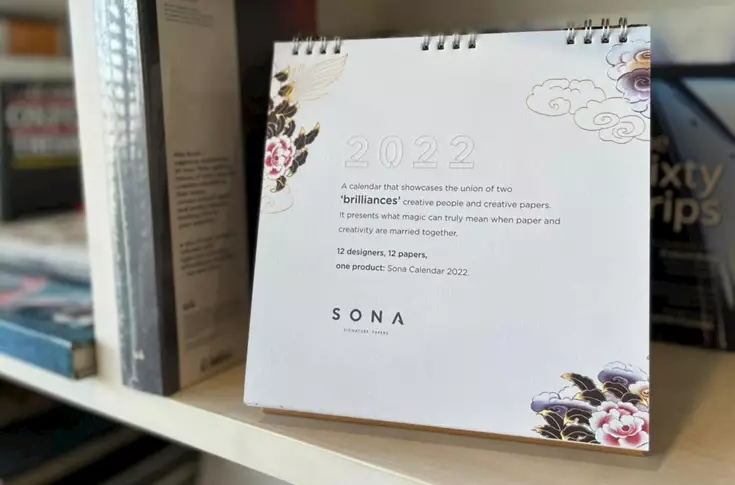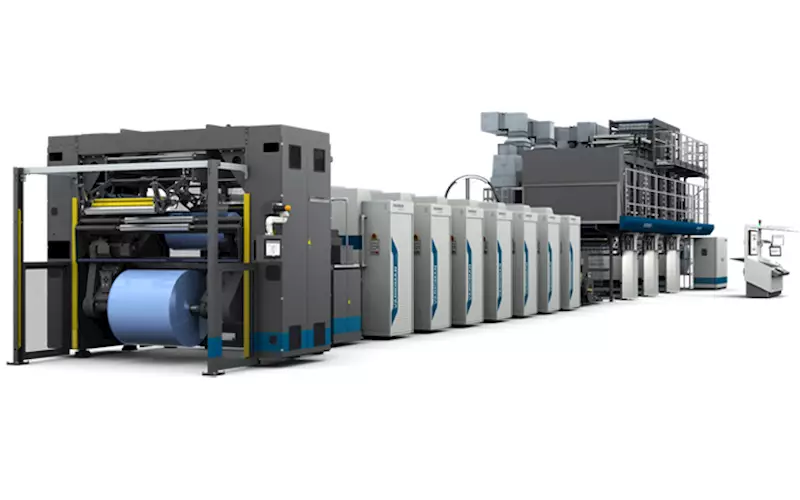How effective is offset in packaging printing now?
Sudeep Bhattacharjee, managing director, Manroland Goss Web Systems India, has the answer.
22 Jun 2020 | By PrintWeek Team
For quite some time now, we are hearing about the application of offset technology in the field of flexible packaging printing. Though neither offset nor its application in flexible packaging is new but there seems to be a renewed interest about the same. This is gaining more ground in Europe and would definitely spread across the world soon.
Changed demographics and effect of pandemic
Let us first take a look at the packaging world with an emphasis on flexible packaging. Before the outbreak of Covid-19, packaging was growing at a phenomenal rate across the world, more so in India. Industry forecasts predicted a growth of 19% in the next 4-5 years, mostly because of the newer trends like smaller family sizes, a wide array of options and fragmentation which have led to a demand in differentiated packaging.
However, looking at the current scenario, we see the world is going through very different and difficult times. With economic slump resulting from Covid-19 lockdown, coupled with salary cuts and job losses, it appears that the “new normal” would be quite different from the one we were used to.
According to a report published by Mint, FMCG firms are anticipating that consumers, after hoarding large packs of staples and home care products during the first phase of lockdown, will now prefer smaller pack sizes. They will look for newer and cheaper brands that are easily available nearby or online and will prefer a hygienically packaged product thus avoiding the risk of infection.
Under the circumstances, innovative, affordable and good quality products that are available in multiple formats are likely to gain demand as consumers increase their consumption of hygiene products. So, what matters most is the ability of the packaging printer to switch from one job to another with very less turnaround time and at an economical cost.
Production challenges
Let us now take a look at the challenges that the printer would face in these changed circumstances and try to provide some solutions for the same.
| Challenges | Possible solutions to overcome them |
| Shorter run length | Faster changeovers, less wastage |
| Higher price pressure | Reduction of production costs |
| High, consistent quality | Ensuring repeatability in print, more automation & system integration |
| Just-in-time production | Higher availability of machine up time |
| Future-proof Technology | Should be modular in concept |
| Human-friendly | Avoid using ink or chemistry that are carcinogenic, especially in food packaging |
| Environment-Friendly | Reduction in carbon footprint |
| Power consumption | Compared to gravure, offset consumes 86% less power (less than ¼) and 68% less power compared to CI flexo (less than ½) |
Does offset provide us with a solution?
Not only does it take care of all of the above points but it also provides additional benefits like easy operability and usage of intelligent networked processes complying with Industry 4.0 standards. Offset also has the added advantage of using non-UV inks that are free from carcinogenic photo initiators and also VOC-free due to EB based curing technology. This makes it immensely popular in segments like food packaging.
Cost benefit analysis
But how does offset provide a price advantage vis-à-vis gravure which is the most popular technology used especially in flexible packaging. To understand the same, let us first take a look at the table given below:

As is evident from the table, while the substrate costs are the same in all the processes, the area where offset scores big is the cost for printing forms. This means, while gravure uses cylinders, that are not only expensive but also time consuming to make, offset has the advantage of using cheap aluminium plates made just in time on a modern CTP. So, offset is almost 25% cheaper than gravure in running costs.
Varioman
Manroland Goss web systems based on its decades of experience in offset printing has developed the Varioman f:line, especially for packaging printing with the most modern automation. We have created a technology, which specifically avoids the weak points inherent in other processes:
The offset-based variable-format printing units combine low printing plate costs and high print quality, and in conjunction with the unique PECOM-X automation system, can also achieve particularly short makeready and changeover times, as well as low waste.
The optional combination with printing technologies such as gravure and flexography results in additional overall advantages of a hybrid system. With additional gravure units, the print product can be supplemented with opaque white or gold and silver decorations at low cost and with high quality.
The Varioman was therefore developed from the very beginning as a platform concept that can always be optimally configured to meet customer requirements.
Conclusion
So, what we can say today is this: successful flexible packaging printers of tomorrow need to be sagacious and reconfigure their print infrastructure keeping an eye on the changing markets and environmental needs. With artificial intelligence and IoT playing a bigger role than ever before, we are entering a phase where the printing machine and the user would almost develop a symbiotic relationship. Can we afford to remain complacent?











 See All
See All